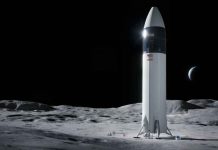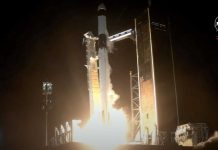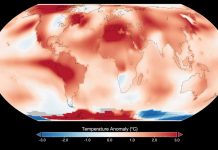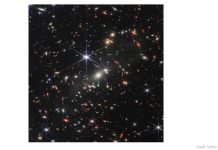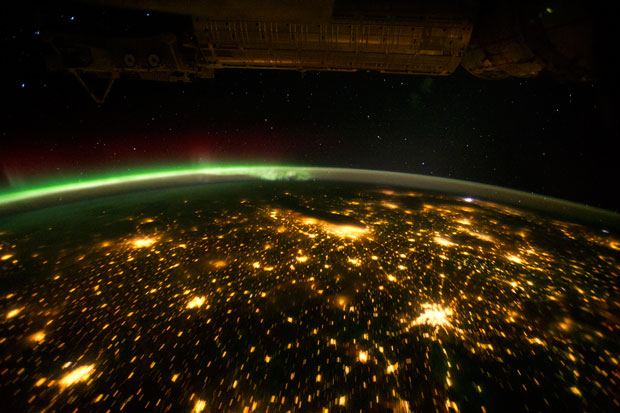
Science Experiments and Supplies Arrive at Space Station
HOUSTON – Technology – Research and science experiments arrived aboard the International Space Station (ISS) this morning. In one of the experiments, it might bring images of The Simpsons to students, as a colony of ants will be studied for their reaction to zero gravity.
‘Homer Simpson’ Experiment with Ants
This morning, astronauts aboard the ISS used the robotic arm to capture and attach the Cygnus supply spacecraft, which carried dozens of new science experiments from across the country and the world to the orbiting laboratory.
The arrival capped the first successful contracted cargo delivery by Orbital Sciences Corp. of Dulles, Va., for NASA.
Astronaut Mike Hopkins of NASA grappled the spacecraft at 06:08AM EST and Koichi Wakata of the Japan Aerospace Exploration Agency attached Cygnus to the space station’s Harmony Node at 08:05AM EST The Expedition 38 crew members aboard the station will begin unloading the 2,780 pounds (1,261 kilograms) of supplies aboard Cygnus following hatch opening planned for Monday.
The cargo is comprised of vital science experiments, crew provisions, spare parts and other hardware.
This includes 23 student-designed science experiments. One newly arrived investigation will study the decreased effectiveness of antibiotics during spaceflight. Another will examine how different fuel samples burn in microgravity, which could inform future design for spacecraft materials.
Orbital’s Cygnus was launched on the company’s Antares rocket Thursday from the Mid-Atlantic Regional Spaceport Pad 0A at NASA’s Wallops Flight Facility in Virginia. Cygnus will remain attached to Harmony until a planned unberthing in February sends the spacecraft toward a destructive re-entry in Earth’s atmosphere.
Orbital Sciences is one of two companies that built and tested new cargo spacecraft under NASA’s Commercial Orbital Transportation Services (COTS) program. COTS was completed late last year with an Orbital Sciences demonstration mission to the space station. Space Exploration Technologies (SpaceX), the other company that partnered with NASA under COTS, also is providing commercial resupply services for the agency. U.S. commercial cargo delivery flights to the station help ensure a robust national capability to deliver critical science research to orbit, significantly increasing NASA’s ability to conduct new science investigations aboard the only laboratory in microgravity.
In addition to cargo flights, NASA’s commercial space partners are making progress toward a launch of astronauts from U.S. soil within the next three years.
The International Space Station is a convergence of science, technology and human innovation that demonstrates new technologies and makes research breakthroughs not possible on Earth. The space station has been continuously occupied since November 2000. In that time, it has been visited by more than 200 people and a variety of international and commercial spacecraft. The space station remains the springboard to NASA’s next great leap in exploration, including future missions to an asteroid and Mars.


